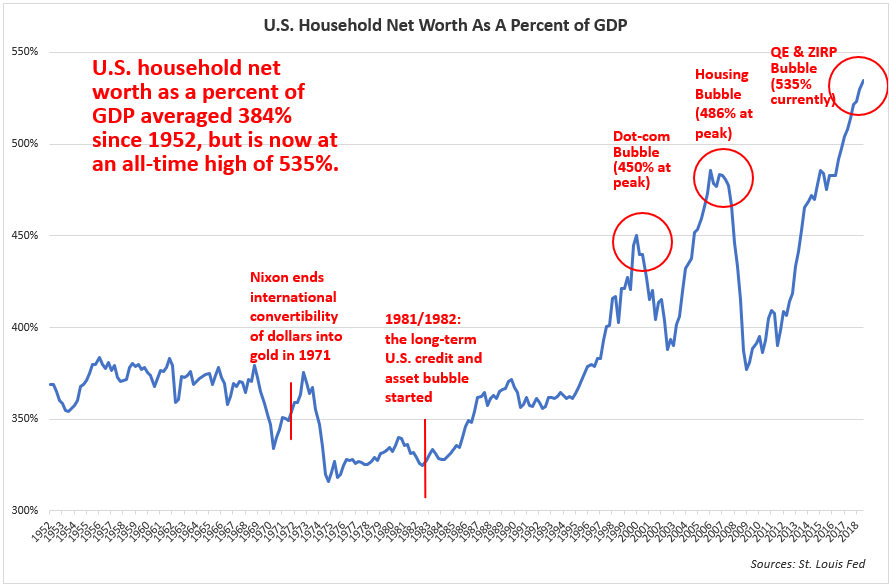- Joined
- May 6, 2012
- Messages
- 2,340
- Reaction score
- 2,987
For some time, I have been trying to track down an Excel sheet of the suicide rate in the US over the past many decades so I could see for myself how it was really changing (people say it's going up recently, but is that meaningful when looked at more broadly than just the past 1-2 decades?). Unfortunately, I couldn't find this anywhere. So I went through the CDC's website where you can find the old published "Vital Statistics of the United States" and entered the data in Excel myself. I entered nearly 2800 data points -- I'm not going to let this work go to waste so I'm sharing the Excel file with the world (and if someone tells me this already exists out there, I'll be a little sad).
Here's what's inside:

Please note that there is a lot more data there that can be looked at. I just didn't want to type it all into Excel right now. Also, I did NOT double check my work and so I may have made errors. However, the graphs made it clear when I made a huge error so those were corrected. Enjoy.
Here's what's inside:
- Suicide rate (suicides per 100,000 people) in the US from 1900 - 2019, in total and separated for male and for female
- From 1940 - 2017, this is further stratified by age (so for male, female, and both combined I have it separated into 5-14 y.o., 15-24 y.o., ..., 75-84 y.o., and 85 y.o. +). There was data starting at some year that broke it down into 5 years age brackets instead of 10, and while that would have been nice it would also have doubled the work at that point and prevented me from going back as far as I did.
- From 1900 - 1938, the method of suicide is included. I was going to do this for the entire time, but it was a lot of work and not my primary focus. Also, they changed the terminology at times which made it hard to keep the comparisons going through the years. As indicated in the file, from 1921 on there were some different categories which I assumed were similar to the old categorizations.
- I have a sheet in the file with all my sources as well as page numbers.
- I have a sheet in the file with some graphs made from the data. One is included below. I'm not exactly sure what conclusions to draw from this in terms of how to view the current increases in the suicide rate relative to the historical context. Please provide your thoughts.
Please note that there is a lot more data there that can be looked at. I just didn't want to type it all into Excel right now. Also, I did NOT double check my work and so I may have made errors. However, the graphs made it clear when I made a huge error so those were corrected. Enjoy.



